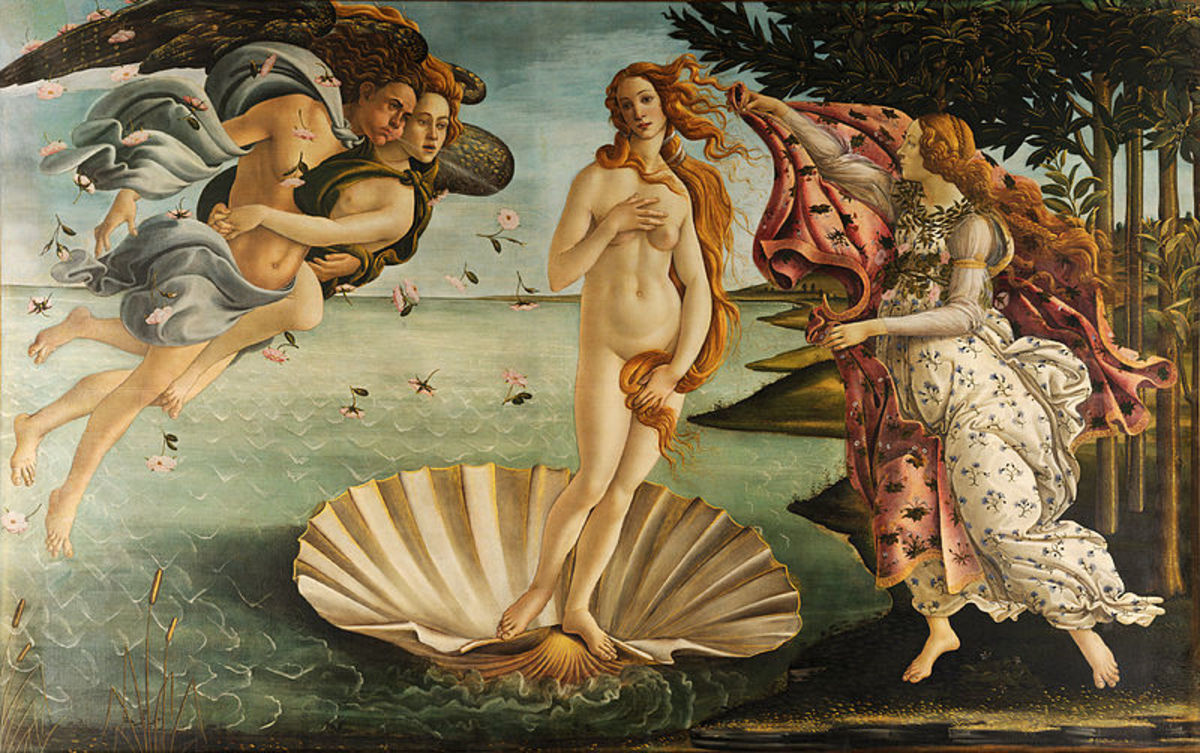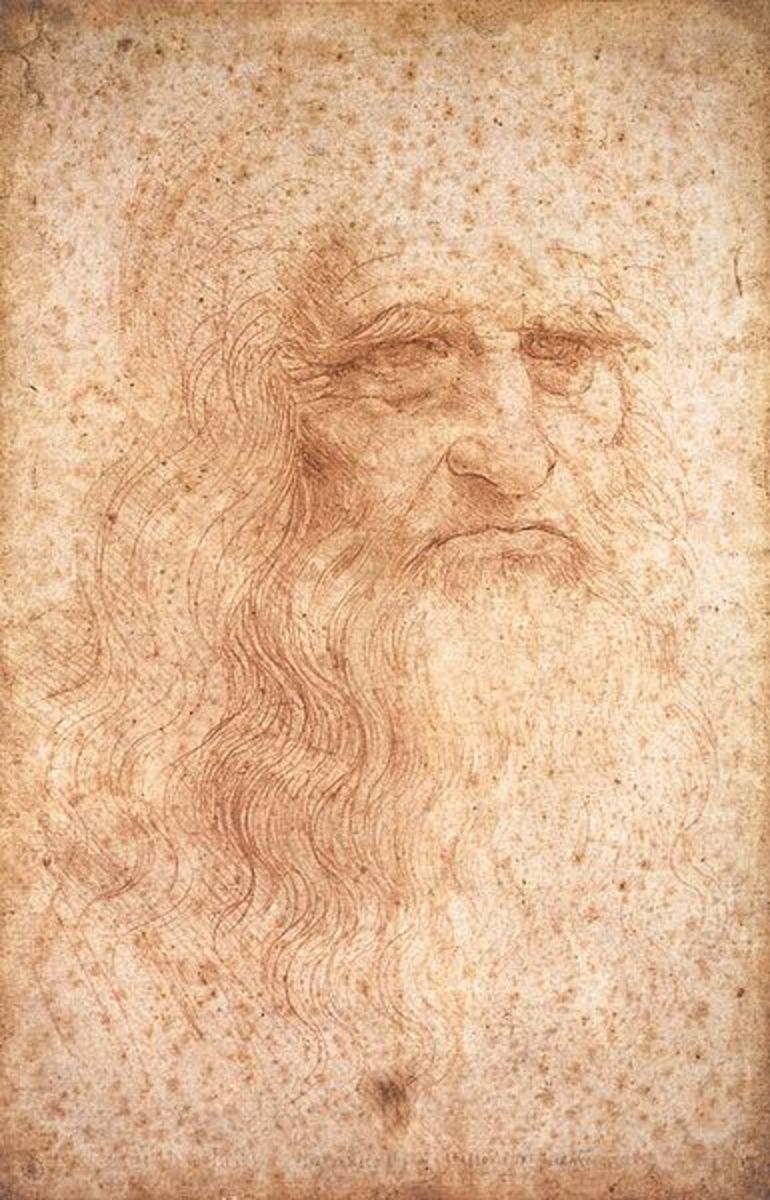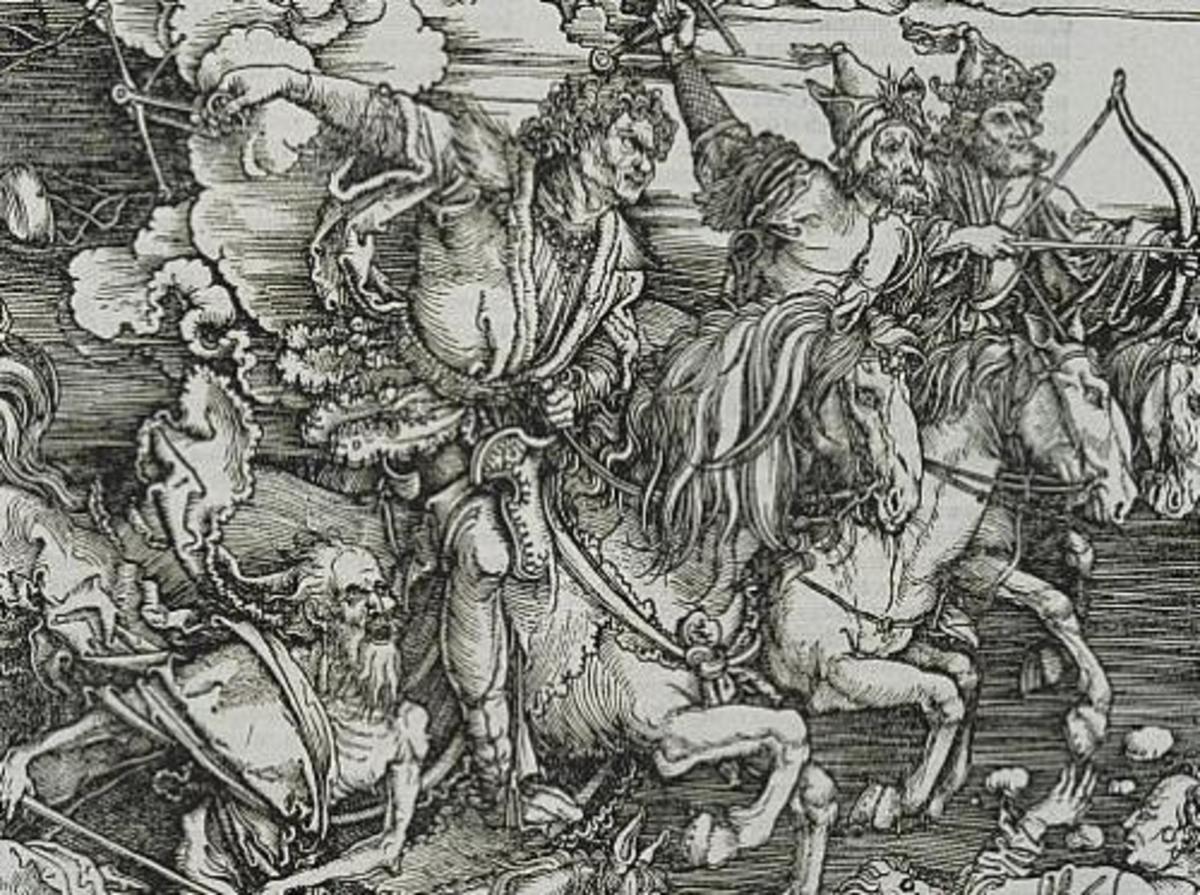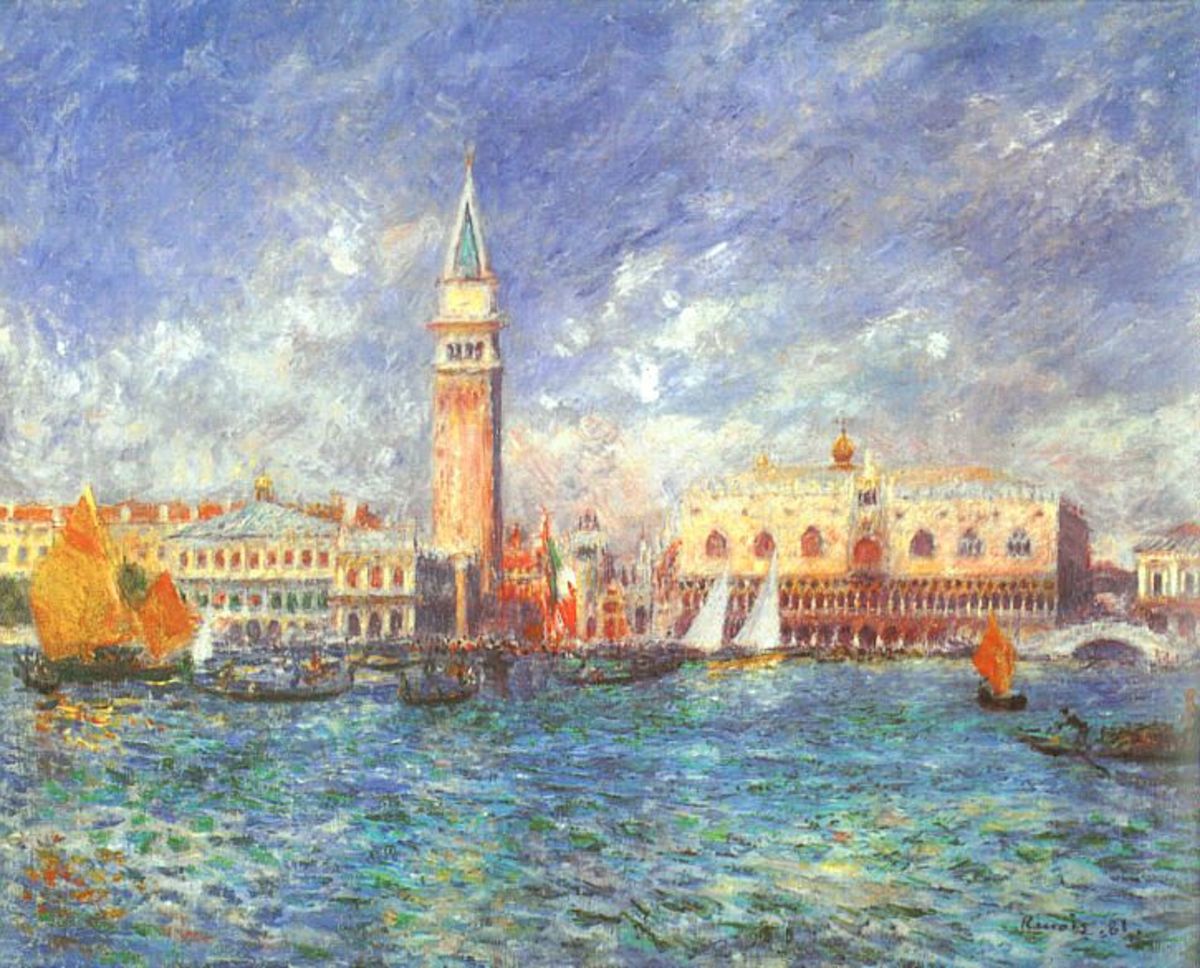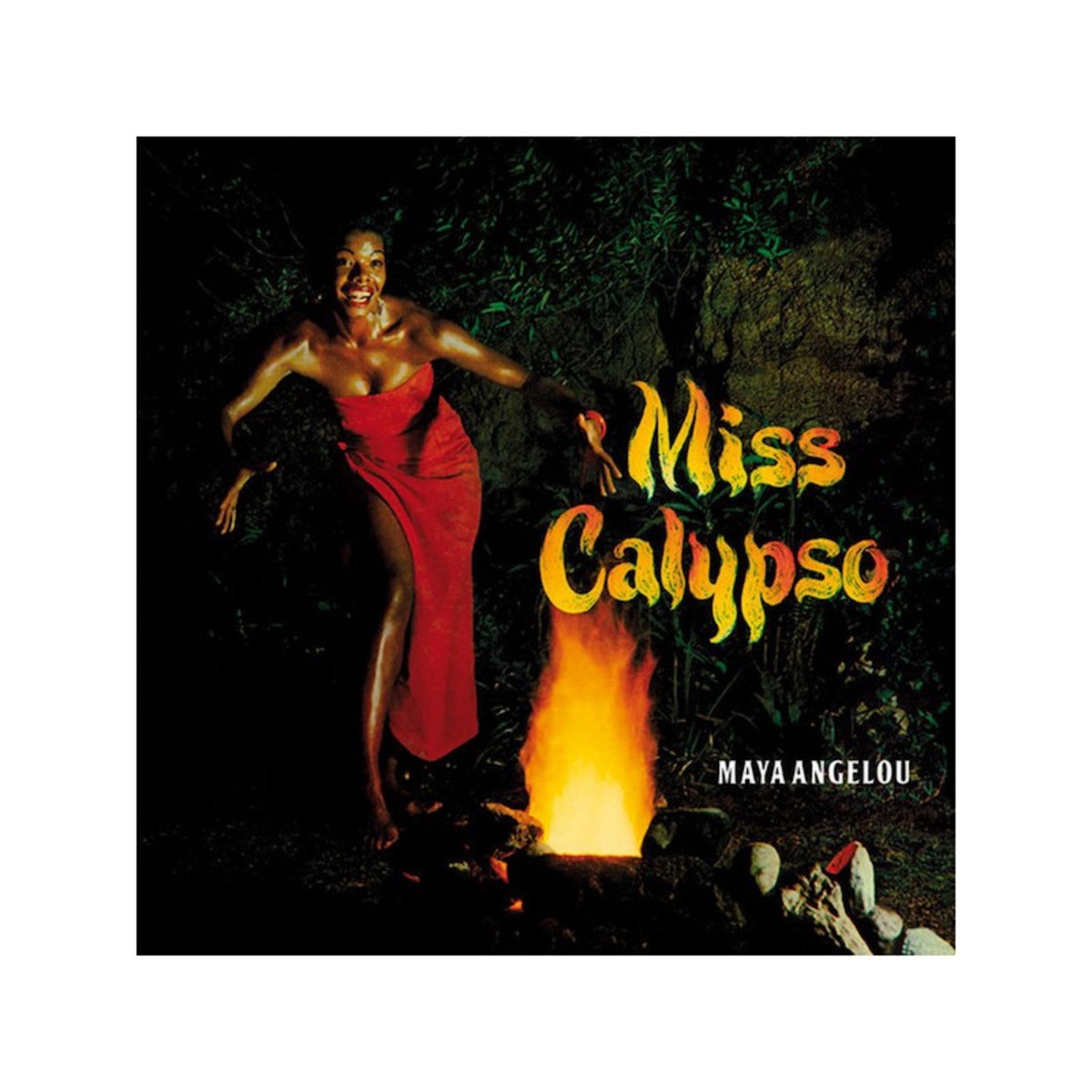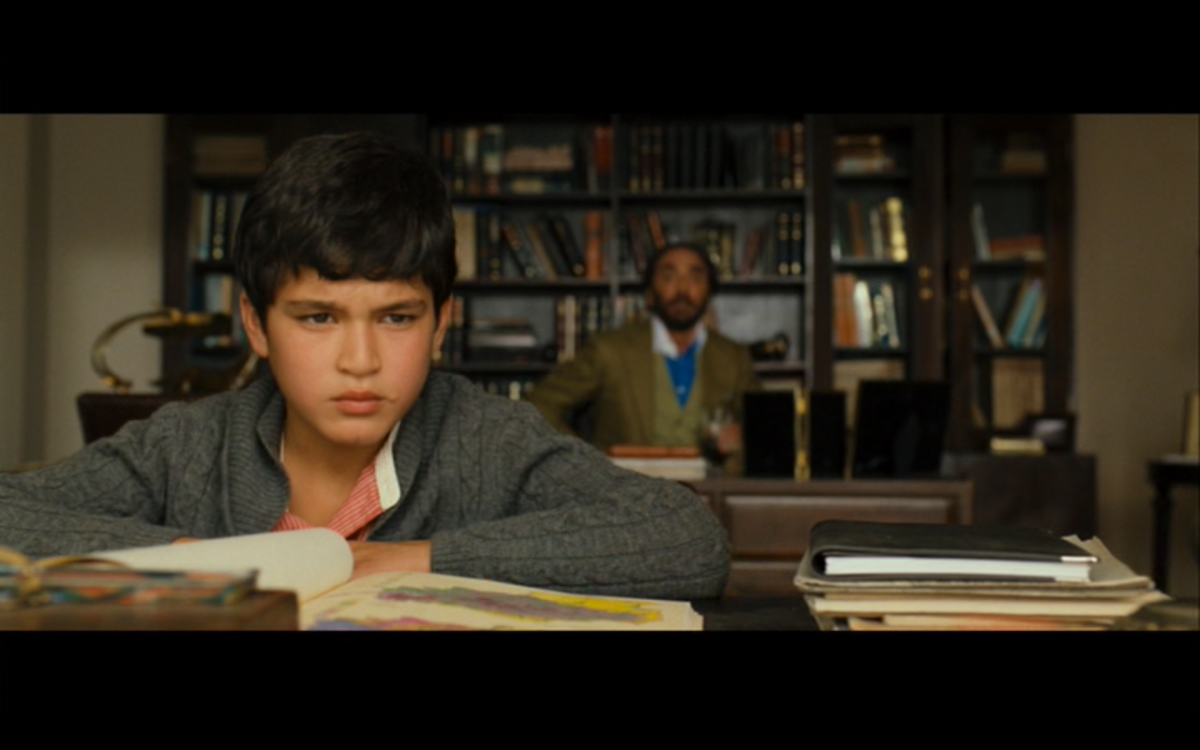The Botticelli Secret

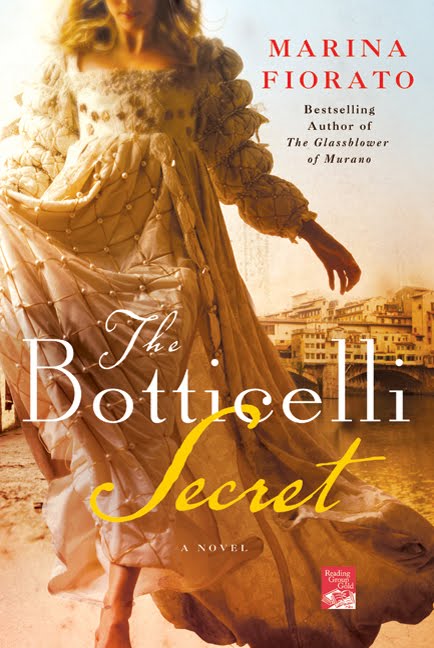
The Botticelli Secret
I recently read an interesting book about Botticelli's painting La Primavera, called The Botticelli Secret and written by Marina Fiorato. I found the painting to be beautiful and mesmerizing and the book so entertaining that I decided to write my own review.
The year is 1482 and the place is Medici Florence, a girl named Luciana Vetra works as a prostitute for many of the affluent men in Florence and also doubles part-time as a model. One of her clients has recommended her to the great artist Botticelli, who has been commissioned by the royal Medici family. The Medici family is considered royalty because of their wealth and because they own all the banks and control the money that flows through Florence.
Luciana agrees to sit for Botticelli and meets him at his home and models for him. The painting is La Primavera, meaning the spring, and she is to be Flora in the painting. Luciana is a beautiful girl, she has long blond curlicues that frame her beautiful face and Botticelli has her wearing a floral gown that makes her look even lovelier.
Luciana’s problems start after her sitting is over and she learns that Botticelli has no intentions of paying her for her work. This angers Luciana very much and while she is behind the curtain putting her own clothes back on, she stumbles upon the miniature painting of La Primavera. Luciana decides that if she will not be paid for her time than she will steal the painting and keep it for herself, not only to get even with Botticelli but also because she is very impressed with the painting itself. She rolls it up and hides it in her bosom and leaves.
What she doesn’t know and will soon discover is that she will learn of many secrets that are hidden in the painting that are quite dangerous to her and to people around her. But what is it about this painting that makes keeping it so dangerous for Luciana? She doesn’t know anything about the hidden secrets within the paintings but only knows that someone wants the painting back so much that they will kill her for it.
Luciana goes to the only place that she thinks she will find sanctuary, the nearby monastery where she befriends Brother Guido. She tells Guido her story and they both soon learn that the killers are on her trail even closer than she realized and one of the monks is found dead. Brother Guido and Luciana flee together on an adventure to find out the secrets to the painting, across nine cities of Renaissance Italy, being followed every step of the way by people who are trying diligently to keep them from decoding the secrets hidden in the painting.
Marina Fiorato is a very good writer, she sets an interesting scenario and writes a masterpiece of a novel that is fresh and alive with brilliant descriptions of Renaissance Italy. In the same vein as the Da Vinci Code, The Botticelli Secret holds its own and is a brilliant read that will take your breath away, as well as keep you on the edge of your seat.


Sandro Botticelli
Alessandro di Mariano di Vanni Filipepi, better known as Sandro Botticelli or Il Botticello "The Little Barrel"; (1445-1510) was an Italian painter of the Renaissance era. His most famous paintings being the Birth of Venus and La Primavera. Both paintings have been widely written about and analyzed. He was born in Florence Italy and became an apprentice at the early age of fourteen, not much is known about his life but it is speculated that he was one of the most educated painters of the Renaissance era. The Birth of Venus and La Primavera has always been thought to be commissioned by the villa of Lorenzo di Pierfrancesco Medici at Castello.
IN 1481 Pope Sixtus IV commissioned Botticelli to fresco the walls of the Sistine Chapel which was moderately received. It was only after his death, some one hundred years later that Botticelli became one of the most written about and revered painters of the Renaissance.
Botticelli never married and even was known to have an aversion to marriage, but it was rumored that he was in love with Simonetta Vespucci, a married woman and his unrequited love. Some theorized that she was the model in some of his paintings, one in particular the Birth of Venus. In 1476 Simonetta died and Botticelli requested that when he died that he should be buried at her feet in the Church of Ognissanti in Florence, his wishes were carried out when he died in 1510.

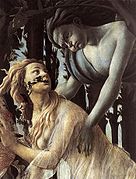


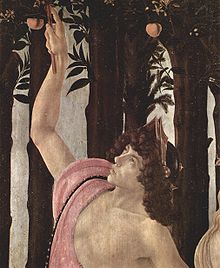
La Primavera
La Primavera or the Allegory of Spring, is one of the most controversial paintings and one of the most written about paintings ever. There have been many interpretations and speculations as to what the painting actually means.
The painting depicting mythological figures in a splendid garden is said to have been commissioned by the Medici family. Since 1919 it has been at the Uffizi Gallery in Florence Italy.
The painting contains six women and two men as well as a little cherub hanging over an orange grove. The painting also depicts a woman all the way to the right of the painting, wearing a crown of flowers in a floral dress and spreading flowers around her feet. The woman in white next to her seems to be under attack by the man next to her.
To the left of the painting are three women that are engaged in a dance, while a man wearing red holds a rod toward the clouds. In the center of the painting stands a woman kind of isolated from the others, looking in the same direction as the woman in the floral gown.
According to Cunningham and Reich (2009) the painting is "an elaborate mythological allegory of the burgeoning fertility of the world". Elena Capretti in Botticelli (2002) suggests that the typical interpretation is thus:
The reading of the picture is from right to left: Zephyrus the biting wind of March, kidnaps and possesses the nymph Chloris , whom he later marries and transforms into a deity; she becomes the goddess of Spring, eternal bearer of life, and is scattering roses on the ground.
Venus is the woman in the center of the painting and is presiding over the garden, the three dancing ladies are said to be called the Graces who are accompanying her and the cherub is donning the jewels in colors that are similar to the ones of the Medici family.
The man wearing the helmet is said to be Mercury and he is keeping the garden safe. The woman in the floral dress is known as Primavera who becomes Flora. The whole interpretation being that love oriented towards knowledge, triumphs over lust.
Sources:
Capretti, Elena (1 January 2002). Botticelli Giunti Editore Firenze Italy.
Cunningham, Lawrence S.; John J. Reich (16 January 2009).Culture & Values, Volume II: A Survey of the Humanities with Readings.


